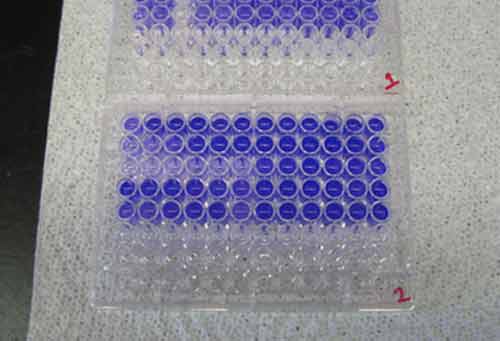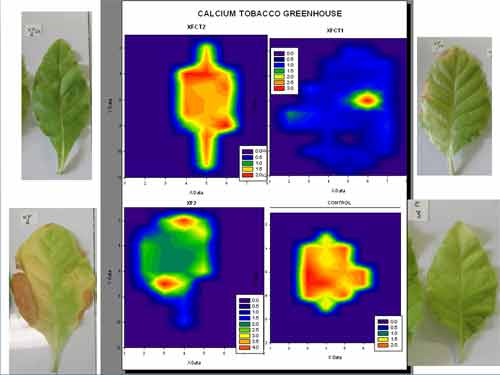Ionomics of the plant pathogen Xylella fastidiosa: The role of trace elements and nutrients in infection and progression of disease
Xylella fastidiosa is a ubiquitous, xylem-restricted plant pathogen that causes enormous financial losses in commercial crops such as grapes, citrus, peaches, almonds, and blueberries. The aim of this project is to obtain information on how minerals facilitate the infection process of X. fastidiosa. Once X. fastidiosa cells are inside the xylem vessels, they face the challenge of acquiring essential and beneficial mineral nutrients from the xylem sap. These minerals play a role in bacterial processes that lead to disease: growth, biofilm formation, and attachment to surfaces. We are studying this problem through analytical, molecular, and microfabrication approaches. This project is being performed in collaboration with Dr. Paul Cobine’s laboratory in the Department of Biological Sciences (Auburn University).
Project Funded By:
- USDA-AFRI (United States Department of Agriculture – Agriculture and Food Research Initiative)
- HATCH-AAES (Hatch – Alabama Agricultural Experiment Station)

X. fastidiosa strain Temecula biofilm formation inside microfluidic chambers

X. fastidiosa biofilm formation in a 96-well plate

Biofilm formation in glass culture tubes

Contour maps of mineral composition in tobacco leaves infected with X. fastidiosa



